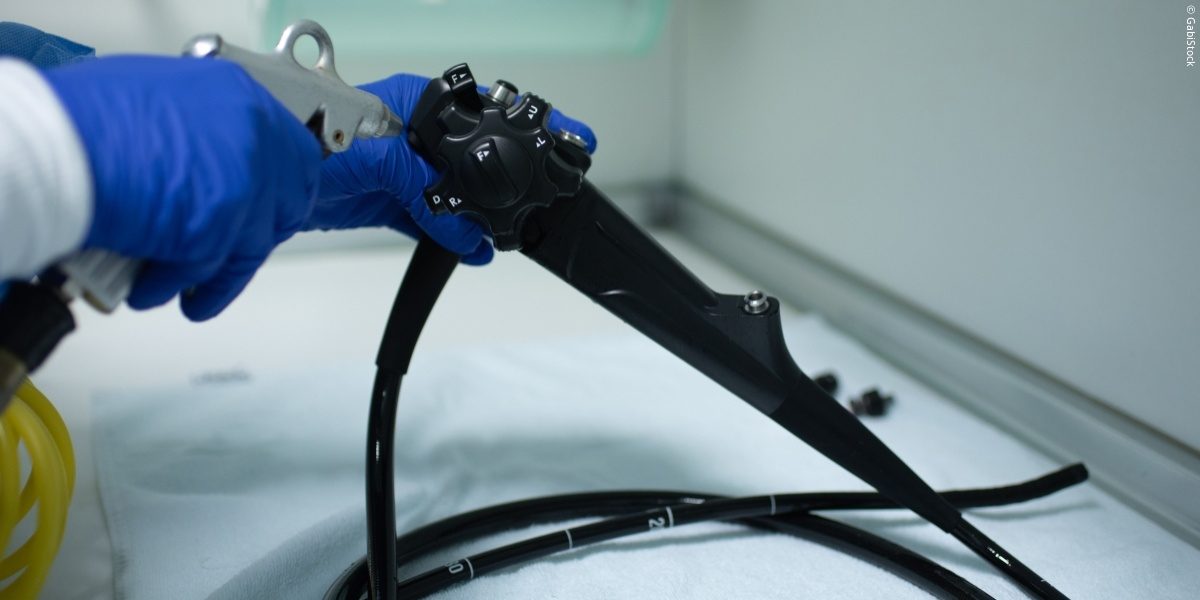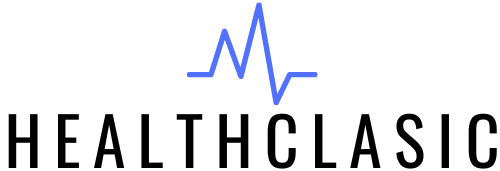In the realm of modern medicine, endoscopic instruments have become synonymous with innovation and precision, revolutionizing the landscape of surgical procedures. These specialized instruments enable surgeons to perform minimally invasive surgeries, offering patients reduced recovery times, minimal scarring, and enhanced overall outcomes. This article explores the diverse range of endoscopic instruments, their applications, advancements in technology, and the transformative impact they’ve had on various medical specialties.
Understanding Endoscopic Instruments:
Endoscopy is a medical procedure that involves inserting a flexible or rigid tube equipped with a light and camera through natural body openings or small incisions. Endoscopic instruments are the tools used in conjunction with these scopes to visualize, diagnose, and treat conditions in a minimally invasive manner. These instruments are designed to navigate through the body’s internal structures, providing surgeons with a real-time view of the operative site.
Components of Endoscopic Instruments:
- Endoscope: At the heart of endoscopic procedures is the endoscope itself. This is a slender tube equipped with a light source and a camera that transmits images to a monitor. Endoscopes come in various types, such as rigid or flexible, and can be specialized for different medical specialties.
- Trocar and Cannula: Trocars and cannulas are used to create entry points for endoscopic instruments. The trocar is a pointed instrument that pierces the body wall, and the cannula serves as a conduit for the passage of other instruments. These components are crucial for establishing a minimally invasive pathway into the body.
- Grasping and Cutting Instruments: Endoscopic procedures often require the use of specialized instruments for grasping and cutting tissues. Graspers enable surgeons to manipulate and hold tissues, while cutting instruments such as scissors or electrocautery devices facilitate precise incisions or tissue removal.
- Suction and Irrigation Devices: Suction and irrigation are essential for maintaining a clear field of vision during endoscopic procedures. These devices remove fluids and debris from the operative site, ensuring optimal visualization for the surgical team.
Applications Across Medical Disciplines:
Endoscopic instruments find widespread use across various medical disciplines, providing surgeons with the tools to perform intricate procedures with minimal invasiveness. Some notable applications include:
1. Gastroenterology:
In gastroenterology, endoscopic instruments are frequently used for procedures such as colonoscopies and gastroscopies. These instruments enable physicians to visualize the gastrointestinal tract, diagnose conditions, and even perform therapeutic interventions like polyp removal or biopsies.
2. Urology:
Urological endoscopy involves the use of specialized instruments to access the urinary tract. Procedures like cystoscopy, ureteroscopy, and prostate surgery can be performed with minimal incisions, reducing patient discomfort and recovery time.
3. Orthopedics:
In orthopedic surgery, endoscopic instruments are employed for arthroscopic procedures. Surgeons can visualize and treat joint-related conditions, such as torn ligaments or damaged cartilage, using minimally invasive techniques. This approach often leads to faster recovery and reduced postoperative pain.
4. Gynecology:
Gynecological endoscopy involves the use of instruments like laparoscopes for procedures such as hysterectomies or ovarian cyst removal. The minimally invasive nature of these surgeries contributes to shorter hospital stays and quicker return to normal activities.
5. Ear, Nose, and Throat (ENT):
Endoscopic instruments play a crucial role in ENT procedures, allowing surgeons to examine and treat conditions within the ear, nose, and throat. Sinus surgeries, laryngeal surgeries, and ear examinations are often performed using endoscopic techniques.
Technological Advancements:
Advancements in technology have propelled endoscopic instruments into new frontiers, enhancing their capabilities and expanding their applications. Some key technological innovations include:
1. High-Definition Imaging:
The evolution from standard definition to high-definition imaging has significantly improved the clarity and resolution of endoscopic images. This enhancement is particularly valuable in intricate procedures where precise visualization is paramount.
2. 3D Imaging:
The introduction of three-dimensional imaging has added another dimension to endoscopic procedures. This technology provides depth perception, allowing surgeons to navigate and manipulate tissues more accurately, especially in complex anatomical areas.
3. Robot-Assisted Surgery:
Integration with robotic systems has enabled surgeons to perform highly dexterous and precise movements during endoscopic procedures. Robot-assisted surgery enhances the surgeon’s capabilities, particularly in challenging or hard-to-reach areas within the body.
4. Miniaturization of Instruments:
Ongoing efforts to miniaturize endoscopic instruments have led to the development of smaller, more maneuverable tools. These miniaturized instruments enable surgeons to access tight spaces within the body with increased ease and precision.

Challenges and Considerations:
While endoscopic instruments offer numerous benefits, there are challenges and considerations that must be addressed for their optimal use:
1. Learning Curve:
Mastering the use of endoscopic instruments requires specialized training. Surgeons and healthcare professionals must invest time in acquiring the necessary skills to navigate and manipulate these tools effectively.
2. Equipment Costs:
State-of-the-art endoscopic instruments and systems can be expensive, posing challenges for healthcare facilities with budget constraints. Balancing the cost of equipment with the potential benefits in terms of patient outcomes is a critical consideration.
3. Infection Control:
The reuse of endoscopic instruments necessitates stringent infection control measures. Thorough cleaning, sterilization, and proper maintenance are essential to prevent the risk of infections associated with endoscopic procedures.
Future Directions:
The future of endoscopic instruments holds exciting prospects, with ongoing research and development paving the way for further advancements. Anticipated trends include:
1. Artificial Intelligence Integration:
The integration of artificial intelligence (AI) into endoscopic instruments is expected to enhance diagnostic accuracy and provide real-time decision support for surgeons. AI algorithms may assist in identifying abnormalities or guiding interventions during procedures.
2. Nanotechnology Applications:
Nanotechnology may play a role in the development of ultra-small endoscopic instruments capable of navigating at a cellular or molecular level. This could open up new possibilities for targeted diagnostics and treatments.
3. Enhanced Ergonomics:
Future endoscopic instruments are likely to focus on improving user ergonomics, ensuring that surgeons can perform procedures comfortably and with reduced physical strain. Enhanced ergonomics contribute to better precision and reduced fatigue during lengthy procedures.
Conclusion:
Endoscopic instruments have undeniably transformed the field of surgery, offering a less invasive alternative to traditional open procedures across a spectrum of medical specialties. The continuous evolution of these instruments, driven by technological advancements and innovative research, promises a future where surgical interventions are not only minimally invasive but also more precise and effective. As endoscopic techniques become increasingly sophisticated, the medical community can anticipate improved patient outcomes, shorter recovery times, and a broader range of conditions amenable to minimally invasive solutions.
